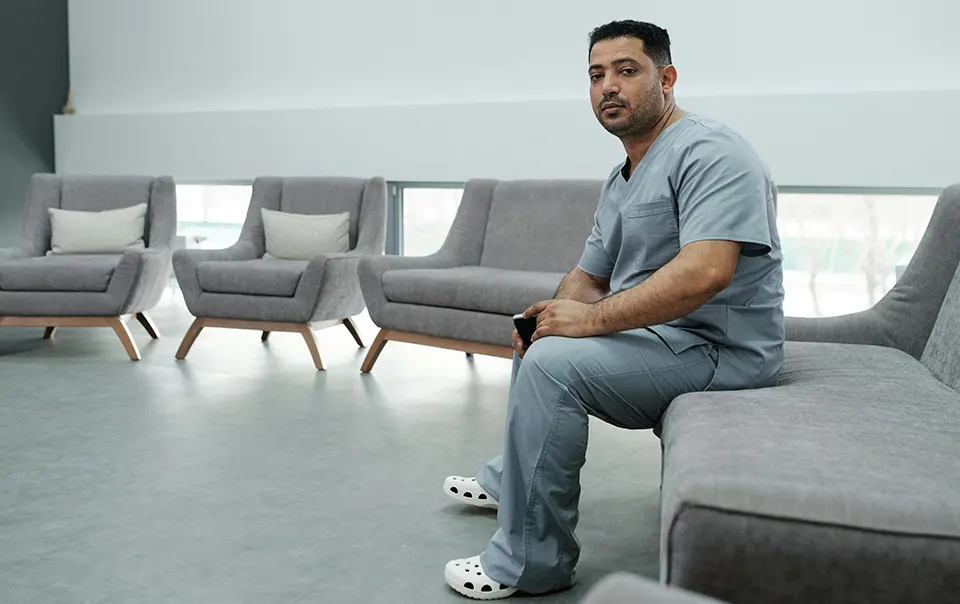Long shifts, demanding tasks, and constant movement—healthcare workers need attire that can keep up. Scrubs may seem like just another uniform, but the right fit and fabric can make a significant impact on comfort, performance, and even health. Let’s explore why comfortable scrubs matter and how they affect productivity and well-being.
1. Comfort Equals Productivity
Imagine wearing stiff, ill-fitting scrubs during a 12-hour shift. Discomfort can lead to distractions, fatigue, and even reduced efficiency. Well-designed scrubs allow for easy movement, proper ventilation, and all-day comfort, helping medical professionals focus on patient care instead of their clothing.
2. Fabric and Breathability
Healthcare workers are constantly on their feet, which means they need breathable and flexible fabrics. Scrubs made from cotton-polyester blends, spandex-infused materials, or moisture-wicking fabrics help regulate body temperature and reduce sweat, preventing discomfort during long shifts.
3. Preventing Health Issues
Poorly designed scrubs can cause strain on the body. Tight waistbands, restrictive sleeves, or heavy fabrics may contribute to:
- Back and shoulder pain from restricted movement
- Overheating due to lack of breathability
- Skin irritation from rough fabrics or synthetic materials
Choosing lightweight, stretchable, and ergonomic scrubs can help prevent these issues, ensuring a smoother work experience.
4. The Psychological Impact of Good Scrubs
Feeling good in what you wear can boost confidence and morale. Scrubs that fit well and feel good can positively impact a healthcare worker’s mood, leading to increased job satisfaction and a more positive work environment.
5. Features That Make a Difference
Comfortable scrubs go beyond fabric choice. Look for these key features:
- Stretchable material for ease of movement
- Pockets for carrying essential tools
- Moisture-wicking technology to keep you dry
- Tagless labels and seamless stitching for extra comfort


